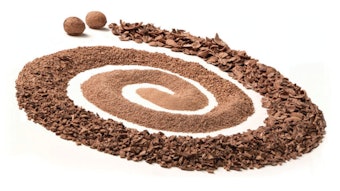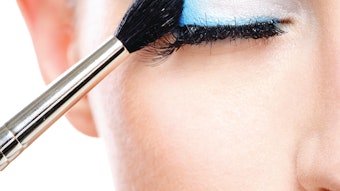
The Age of Information and selfies has stirred up some interesting technology developments. From ever-obsolete, evolving cell phone hardware, sporting facial recognition and satellite positioning capabilities, to the Internet of Things (IoT) linking you up with apps to take your pulse, count your steps and even alarm you when you've had too much sun. Enter: e-Skin.
According to the Society for Information Display, e-Skin is a flexible, stretchable sensor array that can computerize a surface, including that of robots and human beings. Sensitive to heat, pressure and light, the user ideally is unaware of its presence. It stretches and conforms to a variety of surfaces, even over large areas. Such a bionic skin would be applied directly to the human body to monitor medical conditions, skin conditions, or to provide more sensitive and life-like prosthetics with sensing “skins.”
The concept of e-Skin has been around for years, dating back at least as far as 2004 and gaining some traction at UC Berkley in 2010. In 2011, the International Society for Optics and Photonics reported that two groups of researchers in California (USA) were closer to achieving a practical e-Skin; each had developed a sensitive flexible sheet made of semiconductor nanowires.
So, are we any closer to this reality? According to a new report from The Conversation, maybe. Efforts to develop e-Skin in recent years have been driven by robotics and a desire to give machines human-like sensing capabilities. However, the challenge of wrinkling remains; when skin moves, it breaks circuit connections. There is also a question of bio-compatibility, as far as the safety of sending electronic signals through the skin; not to mention the fact that atoms in organic materials (i.e., human skin) move much more slowly than the computing speeds to which we're accustomed.
However, The Conversation suspects we're likely to begin seeing prototypes in the form of wearable body sensors, and potentially as a way to harvest energy from the body’s movement. While it may be too early to tell, it's not too early to consider its implications for skin care and sensory R&D.










